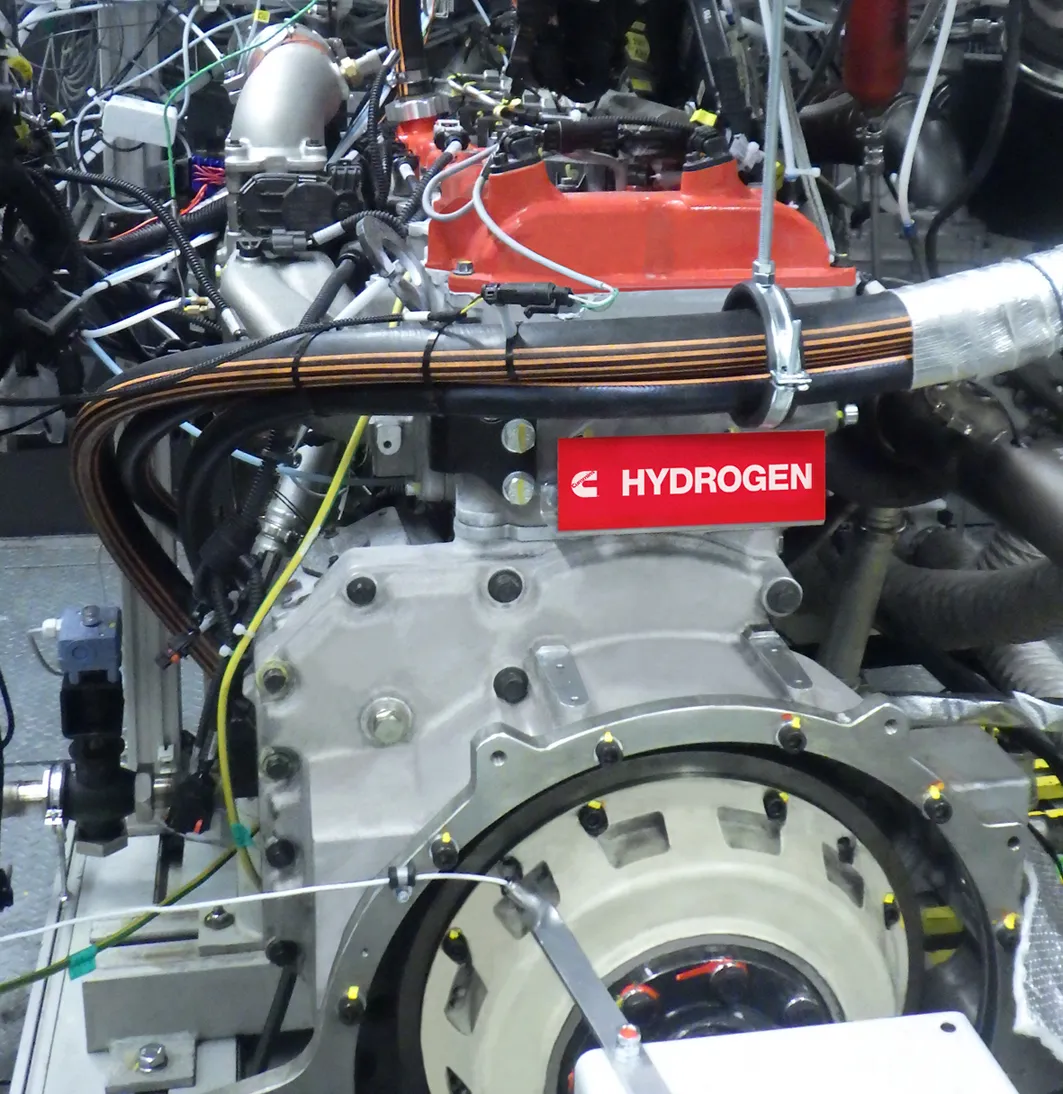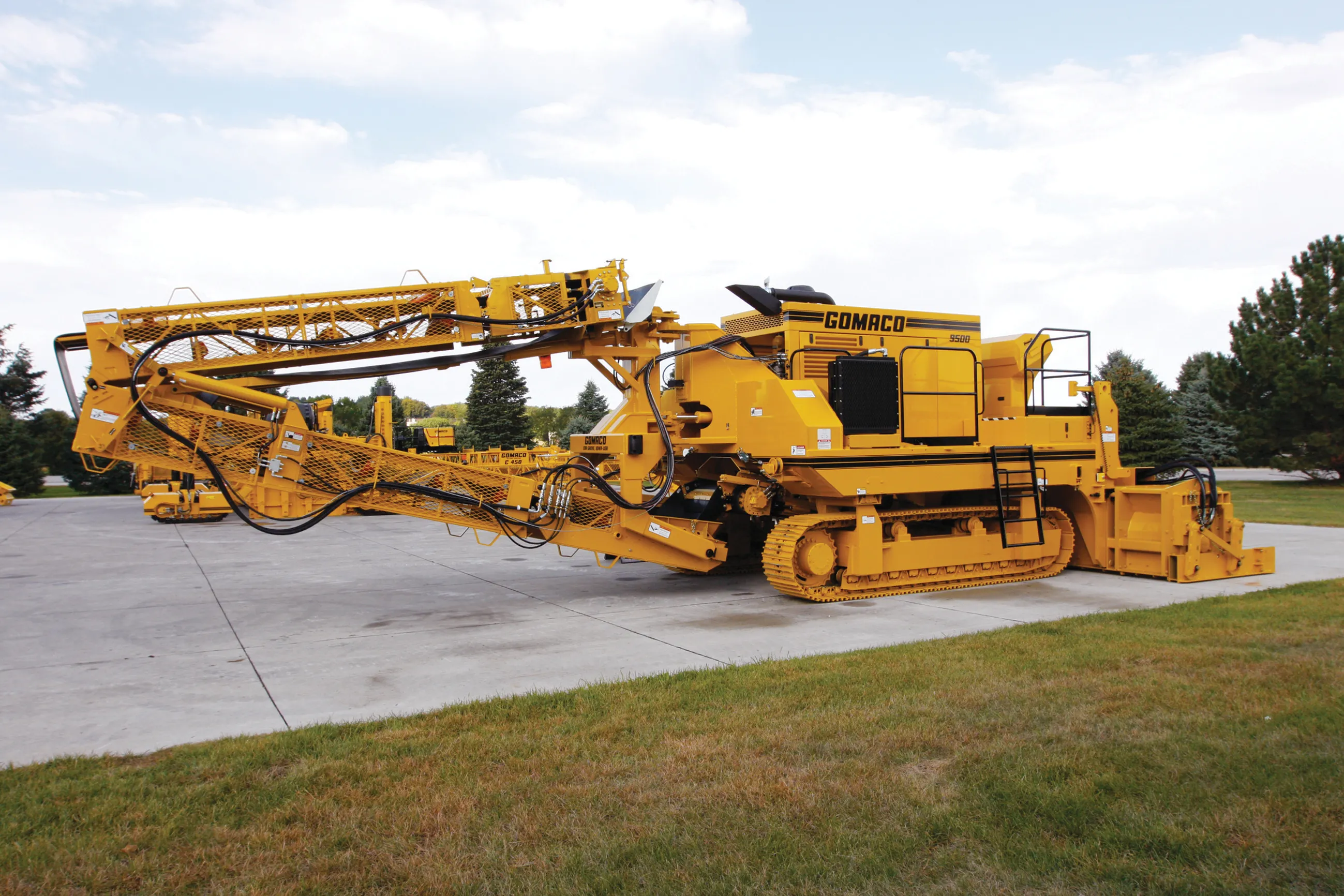Welcome to our sustainability series featuring leaders from Cummins, Volvo Construction Equipment, and Topcon Positioning Systems. In this episode, we tackle the crucial questions surrounding the costs and essentials of sustainability in construction and quarrying.
We explore what sustainability truly costs, the essential infrastructure needed, and how support capabilities will be developed and financed. Join the conversation on how the implementation of new technologies affects the overall cost of ownership.
Discover insights from Topcon on the significance of digital tools, Cummins' emphasis on scale and fuel agnostic platforms, and Volvo's perspective on alternative business models. Uncover the innovative approaches these leaders propose to drive transformation and reduce long-term costs in construction and quarrying.








